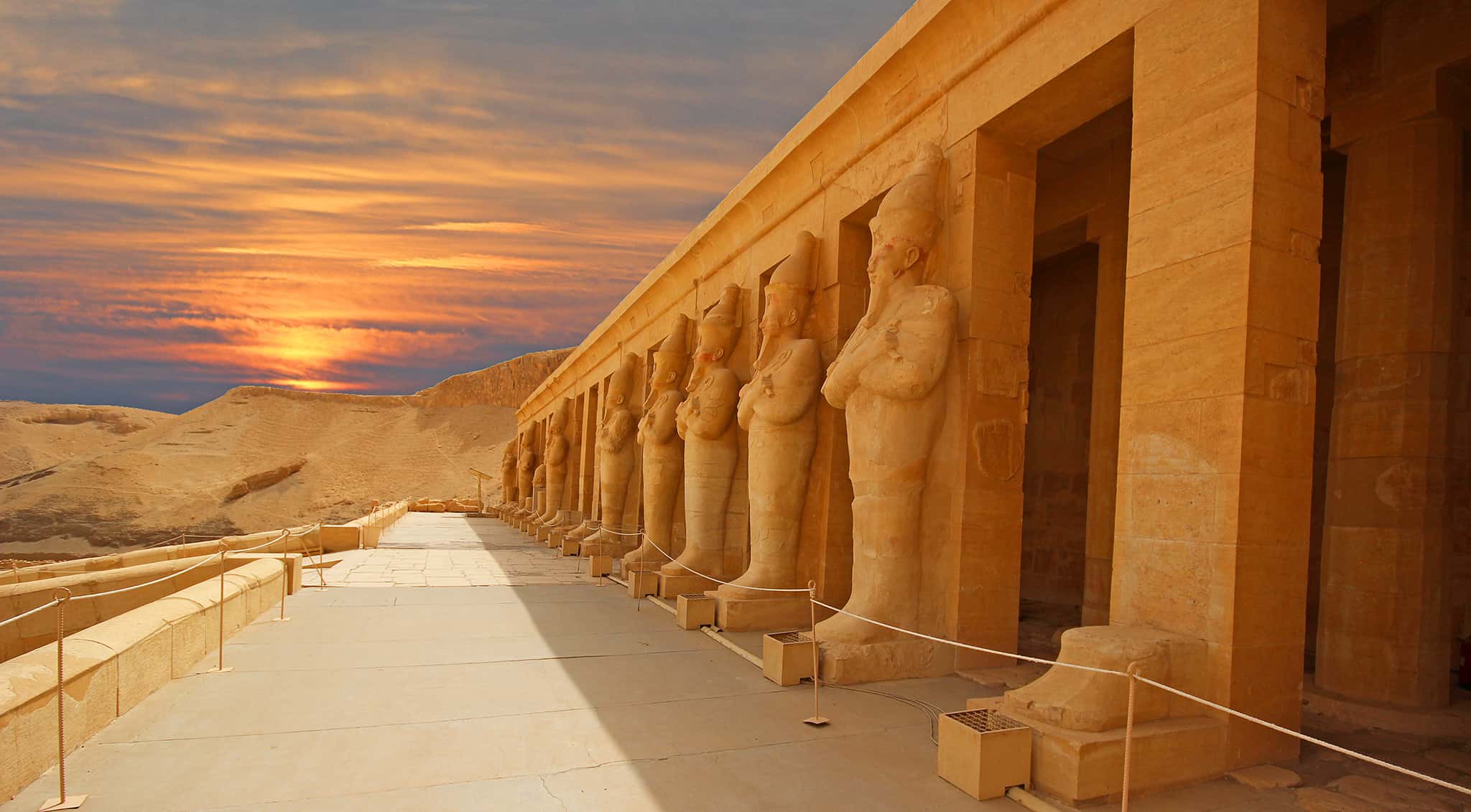

The Valley of The Kings Tuthmosis changed the traditions of burial, leaving behind the era of the pyramids. He sought security in his rest, in hope of avoiding looters. As it was believed that to cross to the field of reeds, one’s belongings should accompany him in his afterlife journey, or else he could get lost in his journey.




